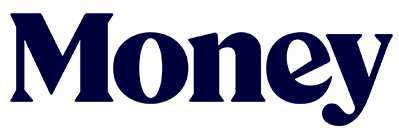Debts as Low as $25 Could Stop Millions of Students From Returning to College

Derek Sykes should be finishing his last year at the University of Minnesota-Twin Cities (UMN). Instead, he is starting his third year of college after having to take last year off to work to pay off thousands of dollars in unpaid tuition and fees.
The summer before what would have been his junior year, Sykes withdrew from half of the classes he had enrolled in for the summer semester due to schedule conflicts with his job. As a result, he lost his financial aid eligibility and had to retroactively pay for his remaining credits out of pocket. He didn’t even realize he owed money until just before the fall semester started when the university dropped him from his upcoming classes. He received an email that he had an outstanding balance of $5,780.
“It completely took me by surprise,” he said. “The idea of having to repay financial aid, especially a scholarship, was never presented as a possibility. It wasn't something that was really explained to us.”
While he waited to be approved for a private loan and worked to help pay off the balance, Sykes wanted to register at a community college to continue working toward his degree. “But I would have needed a transcript (from UMN) for that,” he said. “And because it was being withheld, it didn't happen.”
